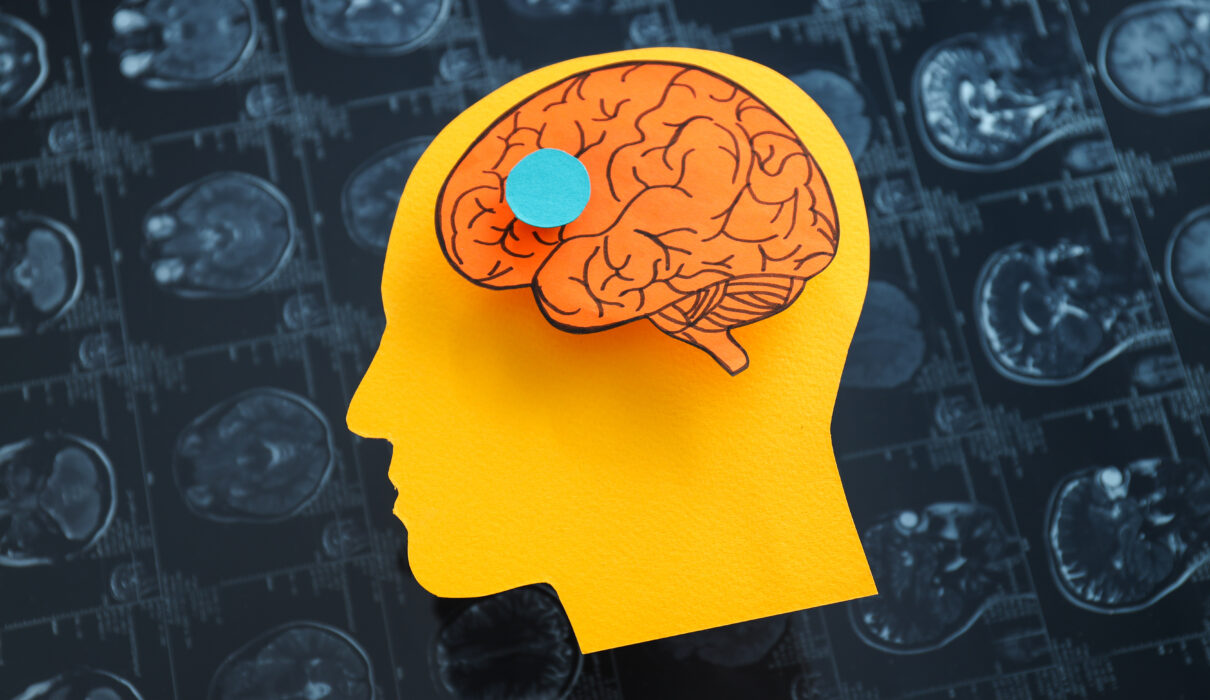What is adolescence? What is teenage years? How does the prefrontal cortex influence adolescent behavior? We’ll tell you all about it in this article!
Adolescence is a time of very distinctive and profound changes at all levels, including the mental level. Psychologist Stanley Hall defined it as a stage that marks a deep cut in childhood, characterized by emotional intensity, derived from deep illusions and fears. It has also been colloquially called “the age of the turkey ” . The truth is that the age of the turkey has a reason: the prefrontal cortex does not usually finish maturing completely until the age of 24.
At a biological level, we can classify adolescence as the second decade of life: it is situated between 10-13 years of age (coinciding with puberty) until 18-25 years of age , a moment that varies depending on cultural diversity.
“Although many boys and girls go through adolescence without experiencing any particular difficulties, it can be said that during these years problems increase in three areas: conflicts with parents, emotional instability and, above all, risky behaviour.”
-Oliva Delgado-
Executive functions
We can define executive functions (EF) as the set of mental processes that allow us to consciously control different processes such as thought, behavior and affectivity. Executive functions are:
- Working memory .
- Attentional control.
- Decision making.
- Planning.
- The organization of time.
- The anticipation of consequences.
- Goal setting.
- The ability to take the point of view of oneself and another person.
It is precisely the ups and downs in these executive functions that we refer to as “adolescent age .” Teenagers are typically not very good at organizing themselves, setting meaningful and realistic goals, and much less anticipating the consequences of their actions. They are often impulsive in their decision-making; and, coming from childhoods in which they were often very sheltered, they underestimate the dangers of the real world.
Teenagers seek to experience a world where they will have to find their place; this is undoubtedly a difficult mission, in which they will have to face, and in many cases accept, certain contradictions.
“An immature brain is a vulnerable brain and therefore risky behaviors can compromise its development.”
-Crews-
The prefrontal cortex
The idea that the brain continues to form and develop after infancy is relatively new . Areas of the brain that support basic functions, such as those controlling movement or sensory systems ( touch, sight, smell, and taste ), are the first to mature.
However, the brain regions that have appeared later in our evolution and that significantly differentiate us from other species are also those that take the longest to mature. One of them is precisely the brain region responsible for controlling and regulating executive functions. We are talking about the prefrontal cortex (PFC) and also the cingulate cortex (ACC).
“Among the mental faculties that depend on the frontal lobe, the following stand out: the ability to control instinctive impulses, decision-making, planning and anticipation of the future, attentional control, the ability to perform several tasks at once, the temporal organization of behavior, the sense of responsibility towards oneself and others, and the capacity for empathy.”
-Antonio Damasio-
Thus, working memory reaches the level of functioning of an adult during the course of adolescence . The brain region responsible for controlling this cognitive function is the dorsolateral prefrontal cortex (dlPFC) and ventrolateral prefrontal cortex (vlPFC).
A 2006 study compared the working memory performance of people in late adolescence and early adolescence. The result was that performance in the group of boys was lower. This is due, among other factors, to the fact that the PFC of people in the early stages of adolescence is far from fully developed.
“It is brain maturation that will allow adolescents to adapt to their environment, for example, through structural and functional brain remodeling in the frontal and corticolimbic regions, and the special plasticity of the brain at that time of life.”
-Crews-
It should be noted that changes do not only occur per se in the prefrontal cortex, the cingulate cortex and other specific regions . The connections between them also improve . Electrical cables are established between areas of the brain of better quality. Thus, connections with structures such as the amygdala (center that regulates emotions), the hippocampus (an important region for memory) and the caudate nucleus (very important for motivation) improve.
If children are curious about the rules that govern the physical world, such as gravity, adolescents are curious about the rules that govern the social world in which they will have to define their identity. This is a sphere where impulsiveness is often highly penalized; however, as they gain experience, their prefrontal cortex matures and the connections between various key centers in the brain improve, adolescents will be better able to regulate their behavior.


